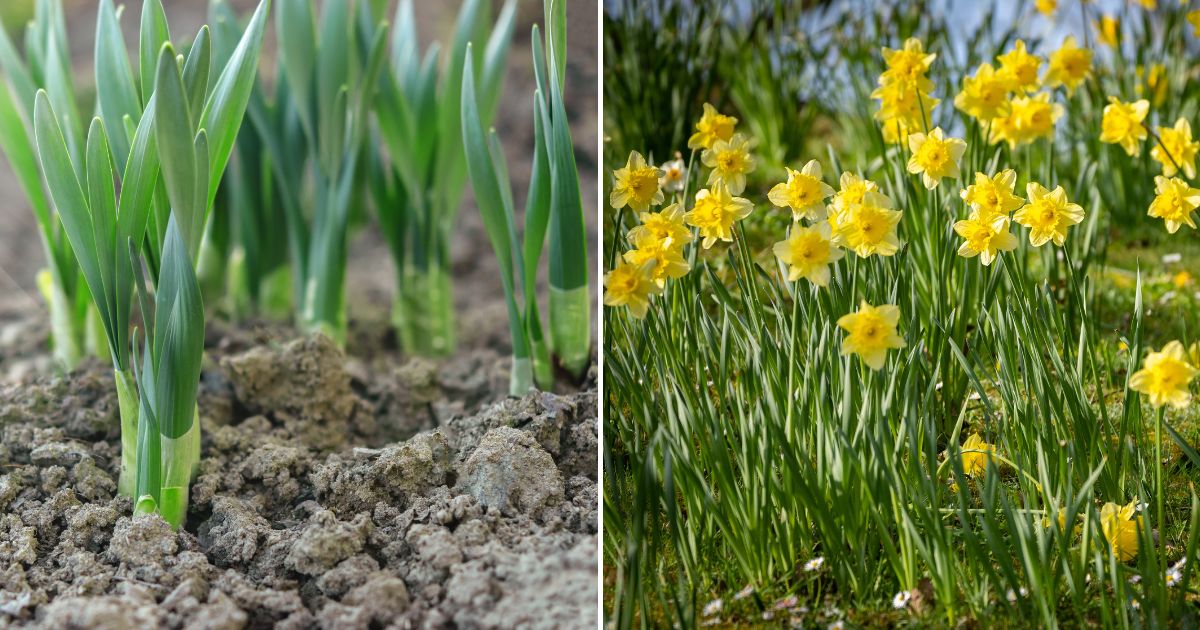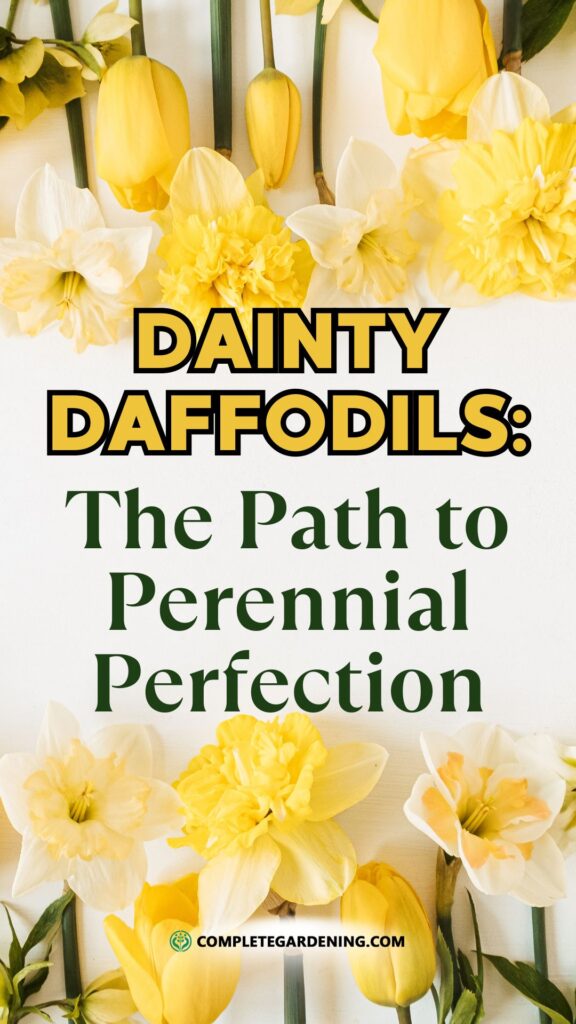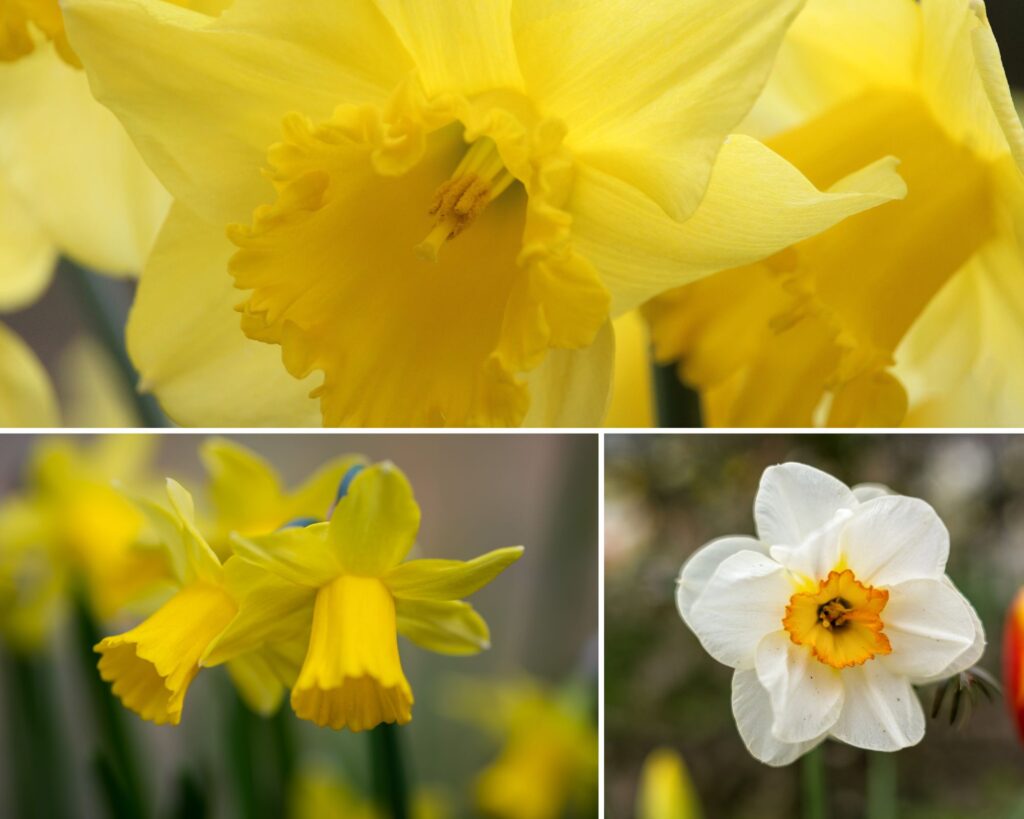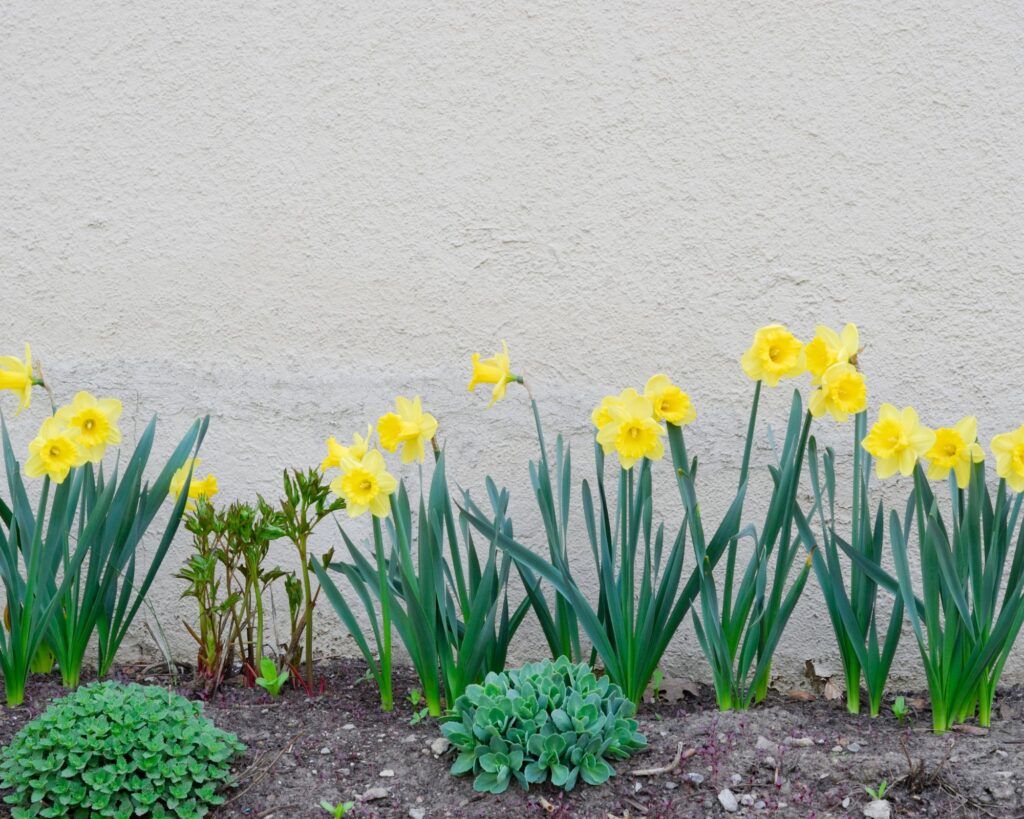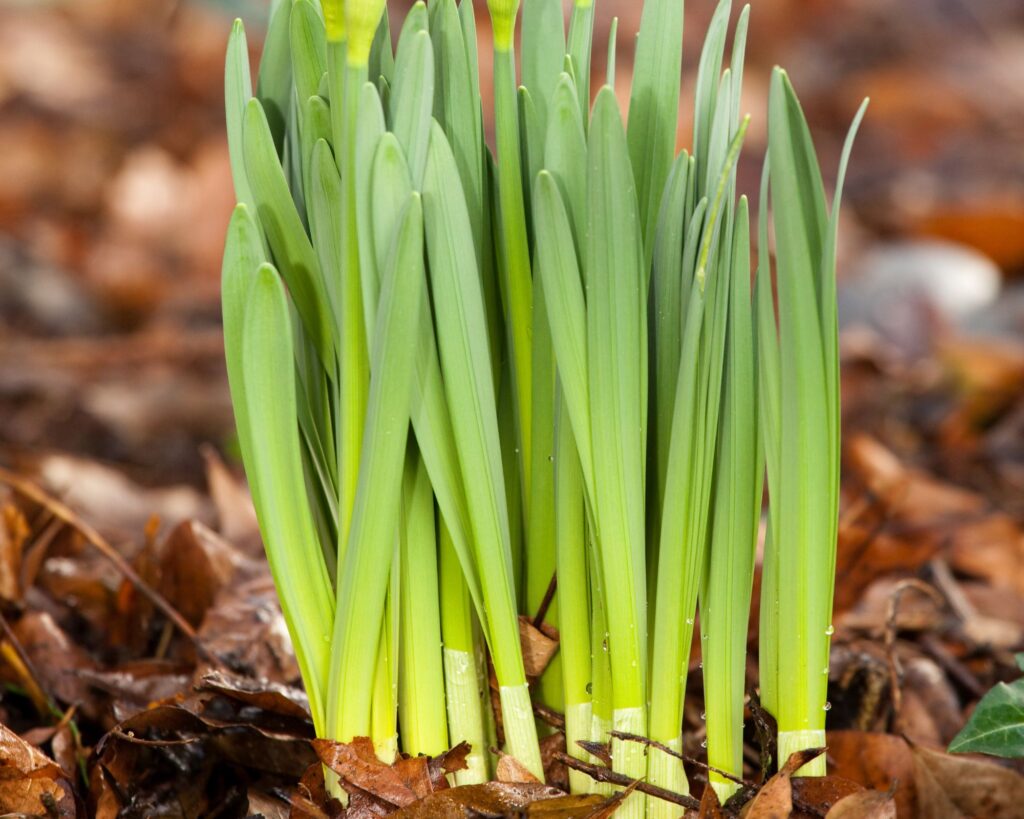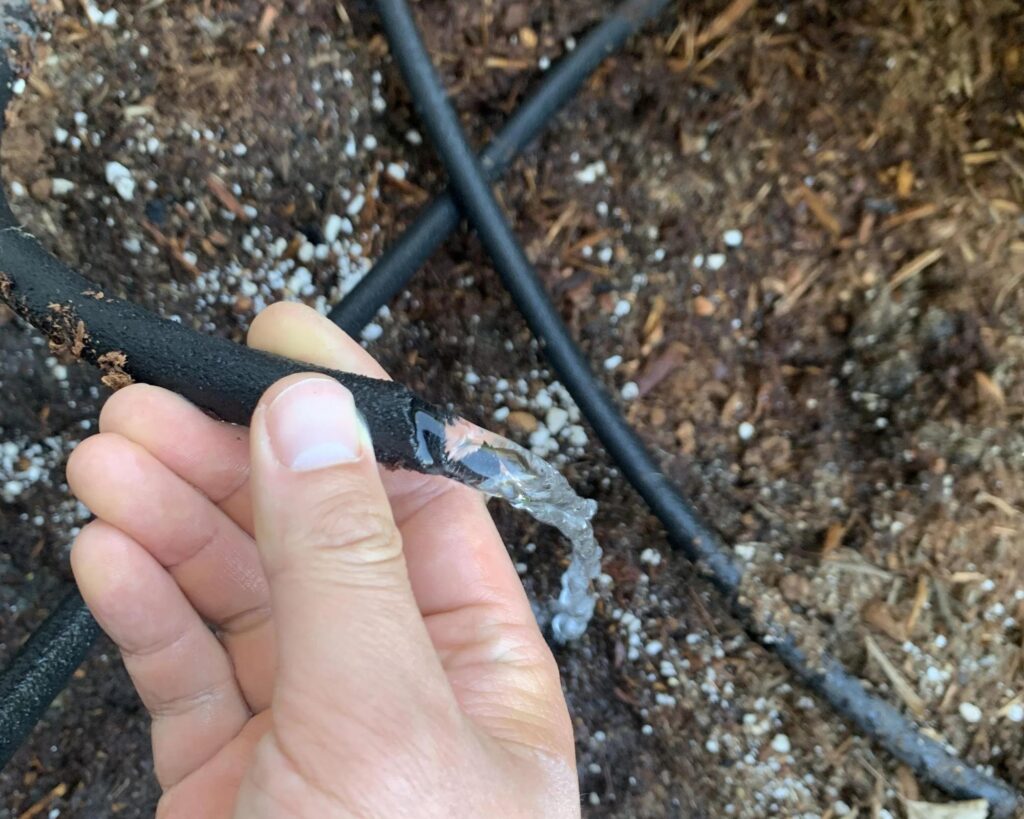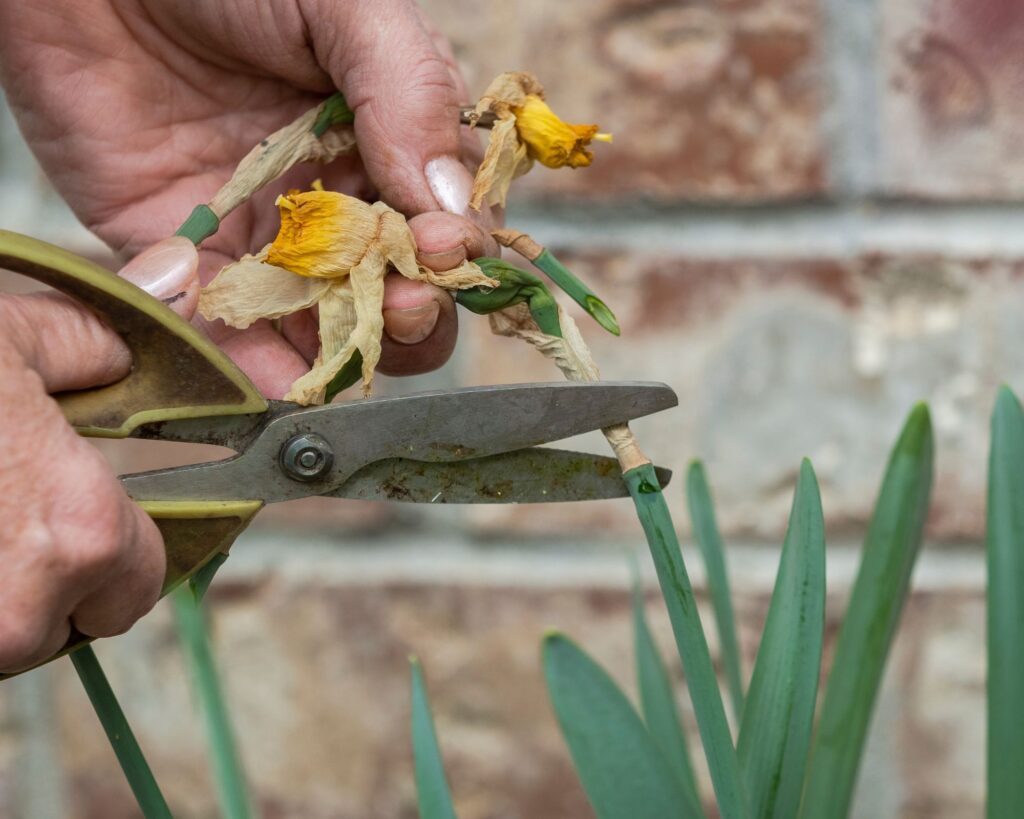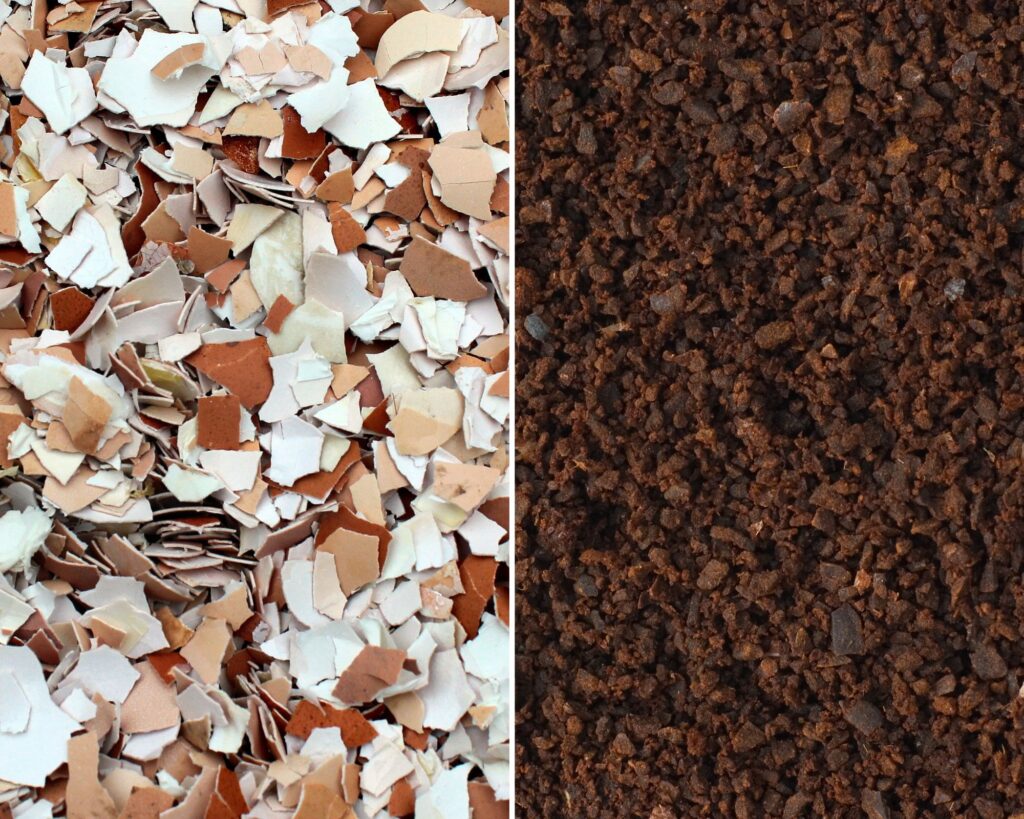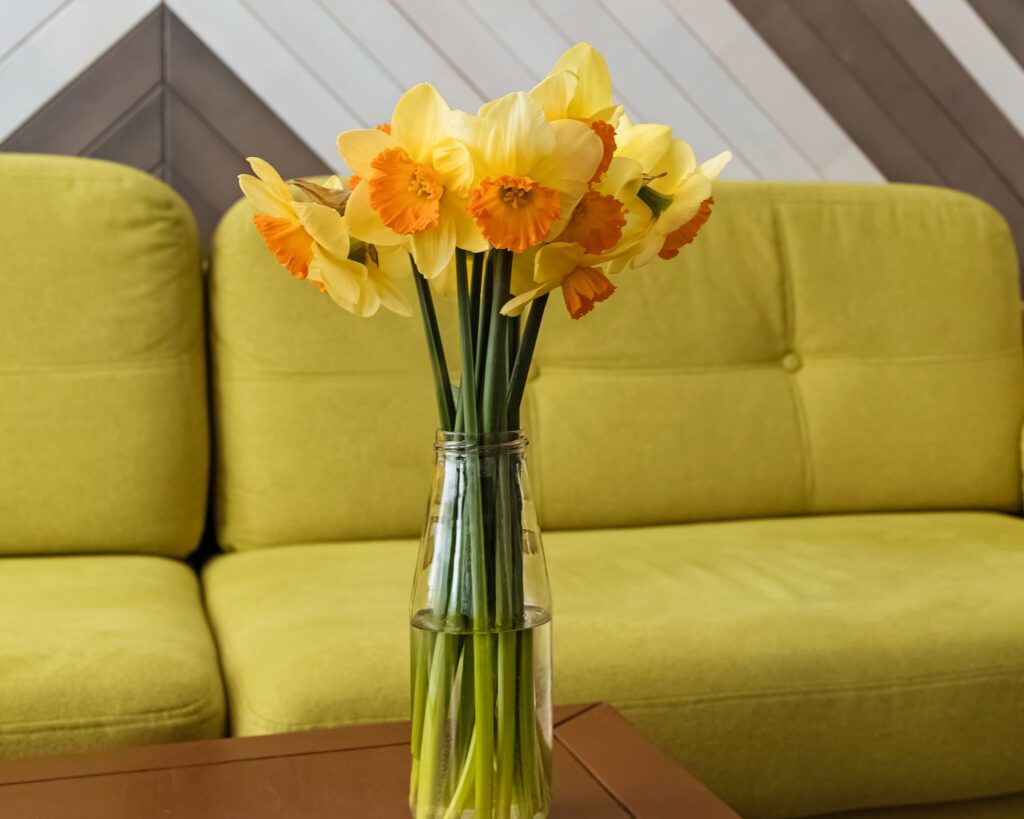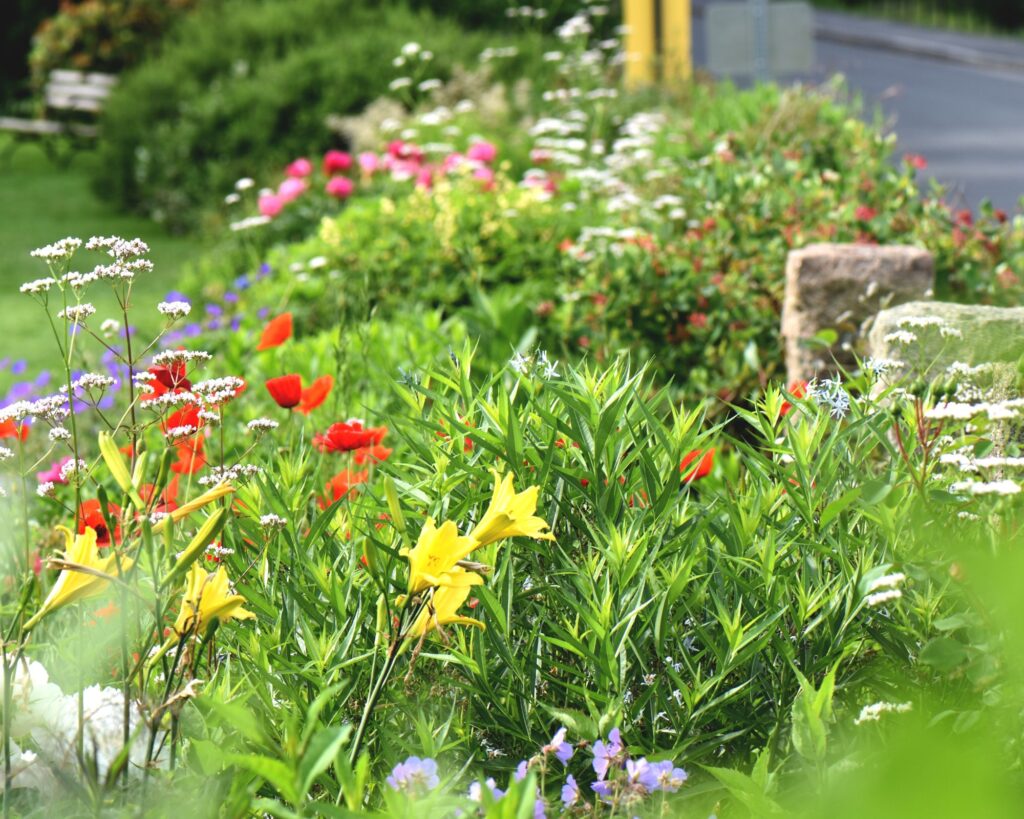There’s nothing quite like the sight of daffodils in full bloom, their golden petals catching the sunlight and their sweet fragrance wafting through the air. But behind every stunning daffodil display is a gardener’s careful touch, and the journey from bulb to blossom is one filled with anticipation and reward.
Are you ready to transform your garden into a springtime spectacle? It all begins with the right techniques for planting and caring for these dainty daffodils. With the right soil, sunlight, and a bit of TLC, you’ll see these cheerful flowers come back stronger and brighter each year. Let’s get started on making your garden the envy of every passerby.
Getting Started with Daffodils
To successfully grow daffodils in your garden, you need to pay attention to the type of bulbs you choose, the timing of your planting, and the soil and sunlight requirements.
Choosing the Right Bulbs
Selecting high-quality bulbs is crucial for vibrant and healthy daffodils. Look for firm bulbs without any soft spots or mold. Larger bulbs generally produce bigger and more vigorous flowers.
Bulb variety is also important. Opt for cultivars like ‘King Alfred’, ‘Tete-a-Tete’, or ‘Ice Follies’ for different bloom times and appearances. Always buy from reputable nurseries to ensure disease-free bulbs.
Best Planting Times
Fall is the prime time to plant daffodil bulbs. Aim to plant them six to eight weeks before the first ground frost. This gives the bulbs ample time to establish roots.
Planting too early in the season may cause the bulbs to sprout prematurely. Use a calendar or local gardening guides to determine the best planting date for your region.
Understanding Soil and Sunlight Needs
Daffodils thrive in well-drained soil rich in organic matter. If your garden soil is clay-heavy, consider adding compost or sand to improve drainage. A pH level between 6.0 and 7.0 is ideal.
Sunlight is just as important as soil conditions. Daffodils flourish in full or partial sun, needing at least 6 hours of direct sunlight daily. Ensure that they are planted in a location that meets these light requirements for optimal growth.
Planting Your Daffodils
To successfully plant daffodils, carefully prepare the soil, choose the right planting depth, and properly water the bulbs after planting. Pay attention to each step for the best blooming results.
Preparing the Planting Site
Choose a sunny or partial-shade spot. Daffodils thrive in well-drained soil. If your soil retains water, add sand or compost to improve drainage.
Remove weeds and rocks from the planting area. Dig the soil to a depth of 12-15 inches. Incorporate a balanced fertilizer or bone meal to provide nutrients for the bulbs.
Work the soil until it’s loose and crumbly. This ensures your daffodil bulbs can grow strong roots.
Planting Depth and Spacing
Plant daffodil bulbs 6 inches deep. Measure from the base of the bulb. Space each bulb 3 to 6 inches apart to allow room for growth.
Tip: Planting in clusters offers a more natural look in your garden. Use a trowel, bulb planter, or auger to create holes. Place the bulbs pointy side up in the holes.
Cover with soil and gently press down to eliminate air pockets.
Watering After Planting
Water the bulbs thoroughly after planting. This helps settle the soil and provides moisture for root development.
Continue to water regularly if the weather is dry. Keep the soil slightly moist but avoid over-watering.
Monitor the moisture level consistently. Once the shoots appear in spring, ensure they receive adequate water as they prepare to bloom.
Daffodil Care Essentials
Keeping your daffodils in top shape involves consistent watering, proper fertilization, and regular maintenance like deadheading and pruning. These steps ensure your flowers remain vibrant and healthy throughout their growing season.
Regular Watering Schedule
Daffodils need a balanced watering routine. Water your daffodils once a week, providing about 1 inch of water. When the weather is particularly hot or dry, consider increasing the frequency to twice a week.
Ensure the soil is moist but not waterlogged, as daffodils do not thrive in soggy soil. Use a soaker hose or drip irrigation to water the base of the plants, which helps prevent fungal diseases.
Fertilizing Your Flowers
Fertilizing daffodils is crucial for their growth. Apply a balanced, slow-release fertilizer in early spring when new growth appears. A 10-10-10 or 5-10-10 formula works well.
Sprinkle the fertilizer around the base of the plants, avoiding direct contact with the bulbs. Repeat the application after the flowers have bloomed, but only if the soil quality is poor or nutrient-deficient.
Deadheading and Pruning
Deadheading encourages your daffodils to produce more blooms and keeps the garden tidy. Remove the spent flowers by cutting just below the base of the flower head.
Prune yellowing or dead leaves only after they have fully died back, as the leaves provide nutrients to the bulbs for the next season’s growth. Use sharp, clean shears to avoid damaging the plant.
Taking these steps ensures that your daffodils will thrive and bring cheerful color to your garden year after year.
Pest and Disease Management
Ensuring your daffodils thrive involves recognizing potential pests and diseases and using environmentally safe methods to manage these threats.
Identifying Common Threats
Aphids frequently attack daffodils, causing yellowing leaves and stunted growth. You might notice sticky residue on the plant.
Narcissus bulb fly larvae feed on bulbs, leading to distorted or absent blooms. Look for small holes in bulbs as a sign.
Bulb rot can affect daffodils, often indicated by soft, mushy bulbs. This fungal disease thrives in poorly-drained soils.
Slugs and snails are also problematic, particularly in damp conditions. They leave telltale slime trails and ragged holes in foliage.
Eco-Friendly Control Measures
Introduce beneficial insects like ladybugs to naturally reduce aphid populations. These predators effectively keep aphids in check.
For bulb flies, consider planting garlic or chives nearby, as they repel these pests. Regularly check bulbs for signs of infestation.
Maintain soil health to prevent bulb rot by ensuring good drainage and avoiding overwatering. Add compost to improve soil structure.
Combat slugs and snails with barriers such as crushed eggshells or coffee grounds. Ensure a clean garden environment to reduce their hiding spots.
Enjoying Your Daffodils
Daffodils bring beauty and joy whether they are in your garden or adorning your interior spaces. You can enhance their impact by cutting and arranging blooms or integrating them into your landscape design.
Cutting and Arranging Blooms
Cutting daffodil blooms extends their presence into your indoor spaces. Use a sharp knife or scissors to cut the stems early in the morning. Place them immediately in water to prolong their freshness.
Arrange your daffodils with complementary flowers like tulips or hyacinths. Use a vase that contrasts with the colors of your daffodils to make them stand out. Regularly change the water and trim the stems every couple of days.
Consider the room’s decor when arranging your flowers. For a formal look, use a structured arrangement. For something more casual, opt for a loose and natural style. Enjoy the cheerful yellow blooms throughout your home.
Daffodils in Landscape Design
Incorporating daffodils into your landscape adds seasonal flair. Plant them in clusters for a more natural look. They thrive when planted in well-drained soil and sunny spots.
Mix daffodils with other perennials to create a vibrant display. Their bright yellow color pairs well with purple or blue flowers. Place them along walkways to welcome guests with a burst of color.
Avoid planting daffodils in waterlogged areas. Use mulch to retain moisture and suppress weeds. After blooming, let the leaves die back naturally to nourish the bulbs for the next season. Enjoy their charm year after year.
Dainty daffodils are a delightful addition to any garden, offering a burst of color and fragrance each spring.
By carefully selecting high-quality bulbs, planting them at the right time, and providing the ideal growing conditions, you can ensure a thriving display year after year. With minimal maintenance – just the right balance of water, sunlight, and care – these resilient flowers will reward you with their cheerful blooms, brightening both your garden and your home.
Whether you’re an experienced gardener or just starting out, daffodils are a rewarding choice that brings lasting beauty to your landscape.
